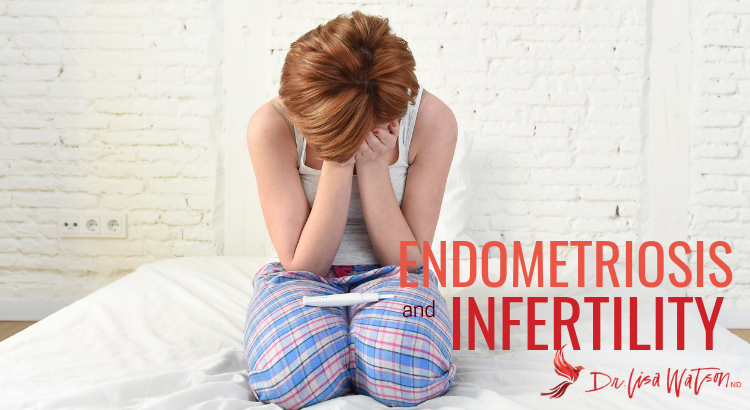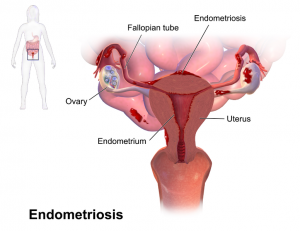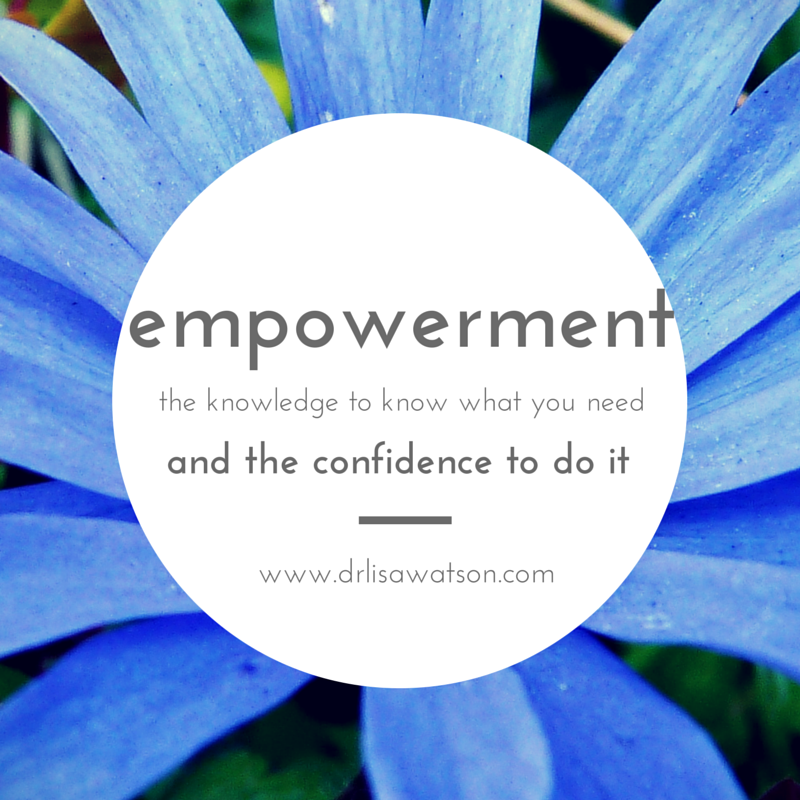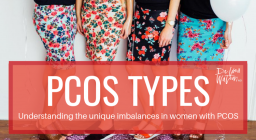
Endometriosis impacts around 1 in 10 women of menstruating age and one-third to one-half of those women will struggle with infertility – about twice the rate of infertility of the general population.
This article will help you understand the many ways endometriosis can impact your fertility. It is only through understanding that we can hope to find an end to the pain and suffering of endometriosis, and the pain and suffering of infertility.
Endometriosis and the Fallopian Tubes
 Endometriosis is the presence of endometrial cells outside of the uterus. These cells migrate and implant themselves in other structures, sometimes creating significant blockages and scarring that can impact fertility.
Endometriosis is the presence of endometrial cells outside of the uterus. These cells migrate and implant themselves in other structures, sometimes creating significant blockages and scarring that can impact fertility.
The most common sites for endometriosis to occur are the ovaries, fallopian tubes, vaginal-rectal space, colon and bladder wall.
When endometriosis occurs in the fallopian tubes scar tissue can form and create an obstruction that interferes with the ability of sperm to reach the egg, or for a fertilized egg to travel to the uterus. This physical blockage significantly reduces fertility and can also explain the increased incidence of ectopic (outside the uterus) pregnancy in women with endometriosis.
Additionally, the production of prostaglandins (inflammatory particles) that are produced by endometriosis can cause spasms in the fallopian tubes. When this occurs a fertilized egg can be pushed to the uterus so quickly that the endometrium does not have enough time to prepare for a healthy implantation. This may result in no implantation, early miscarriage or possibly premature labour.
In one of the great injustices in the world, women with endometriosis have a risk of miscarriage that is 3 times greater than other women.
Endometriosis, Ovaries and Ovulation
Two out of three women with endometriosis will have endometriomas – endometriosis on the ovaries. These endometriomas lead to the formation of blood-filled “chocolate” cysts on the ovaries – so named because of their characteristic colour and texture.
When endometriosis impacts the ovaries the overall health of the ovary is affected, blood flow may be altered, inflammation and hormonal changes are common. The health of the ovary is not the only concern, but egg growth, development and release are also affected. Women with endometriosis have increased rates of luteinized unruptured follicle syndrome – a condition further exacerbated by the use of NSAID pain relievers for pain management in endometriosis.
Endometriosis and the Uterus
Endometriosis can also invade the muscular wall of the uterus, a condition known as adenomyosis. When this occurs scar tissue can develop within portions of the muscle wall and interfere with proper implantation. And if implantation does occur, it can keep your baby from growing properly within the uterus, resulting in a dramatically increased risk of very early miscarriage in women with endometriosis.
The inflammatory reaction that occurs with endometriosis can also cause the endometrial cells in the uterus to stop producing a key protein marker (beta-integrin-3) that is necessary to encourage fertilized eggs to implant in the uterus.
Endometriosis and the Immune System
The endometrial lesions found in women with endometriosis produce high levels of prostaglandins. These excess prostaglandins create inflammation and can cause your internal environment to become so biochemically hostile that sperm is destroyed before it can reach the egg for fertilization.
Another key finding in the immune function of women with endometriosis is a higher than normal number of macrophages, a specific type of immune cell that scavenges and consumes foreign cells such as viruses and bacteria. These same cells have been demonstrated to have the ability to kill sperm (a foreign cell) as it moves towards the egg or to destroy embryos as they travel to the uterus for implantation.
Moving Beyond Understanding
Understanding the ways endometriosis can cause infertility is the first step towards overcoming this diagnosis. In other articles we will discuss Understanding Endometriosis, the Immune System in Endometriosis, The Endometriosis Diet, Acupuncture for Endometriosis and Naturopathic Treatments for Endometriosis. Please read on or book an appointment with Dr. Lisa Watson, ND to discuss your options for managing your endometriosis. You don’t have to do this alone!
References
Hudson, Tori. Women’s Encyclopedia of Natural Medicine. New York: McGraw Hill, 2008.
Lauersen, Niels H and Bouchez, Collette. Getting Pregnant. New York: Fireside, 2000.
Lewis, Randine. The Infertility Cure. New York: Little, Brown and Company, 2004.
Disclaimer
The advice provided in this article is for informational purposes only. It is meant to augment and not replace consultation with a licensed health care provider. Consultation with a Naturopathic Doctor or other primary care provider is recommended for anyone suffering from a health problem.

















[…] and managing this debilitating and frustrating condition. In other articles we will be looking at Endometriosis and Infertility, The Endometriosis Diet, Acupuncture for Endometriosis and Naturopathic Approaches to […]
[…] Endometriosis and Infertility […]
[…] Infertility […]